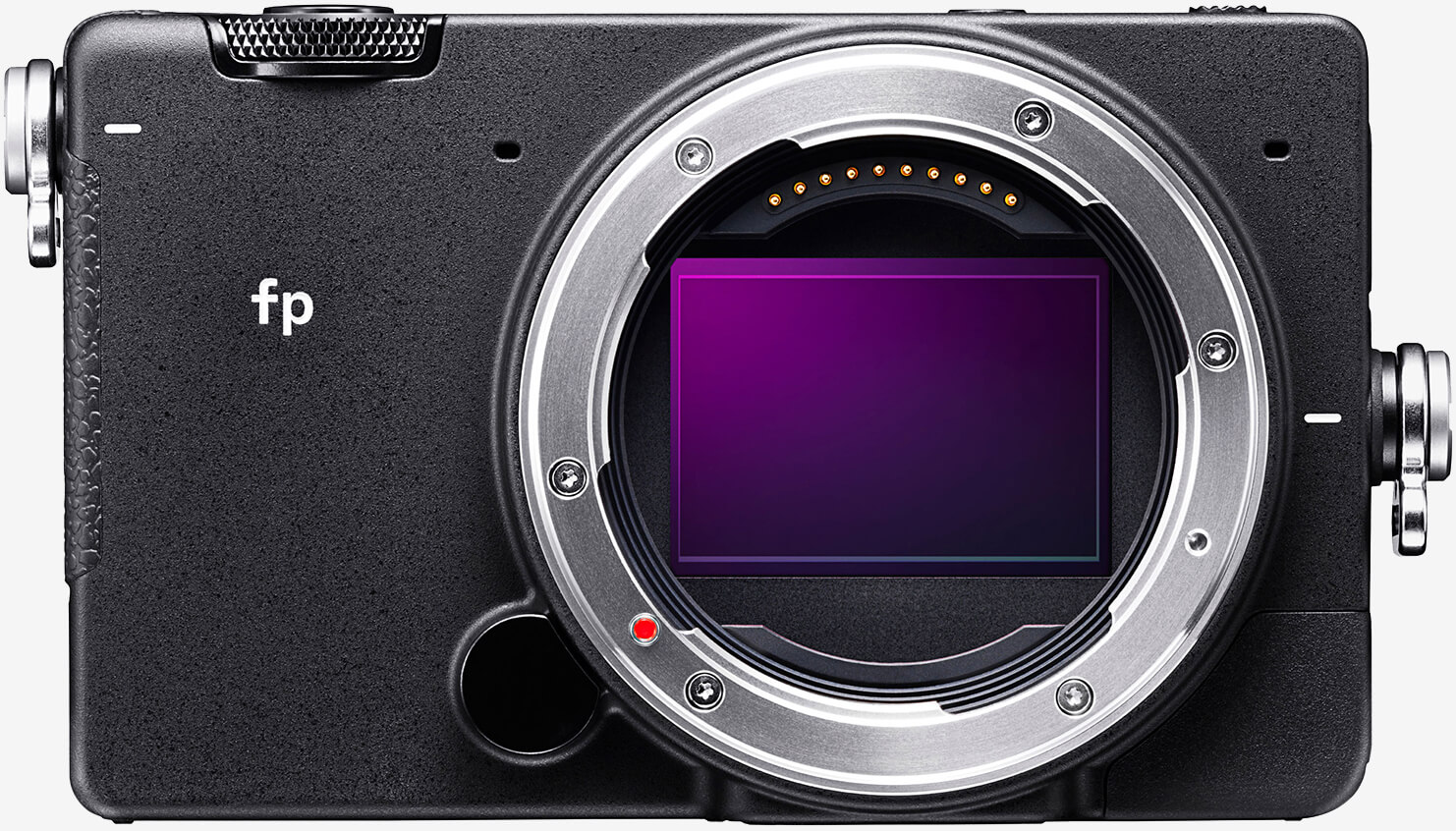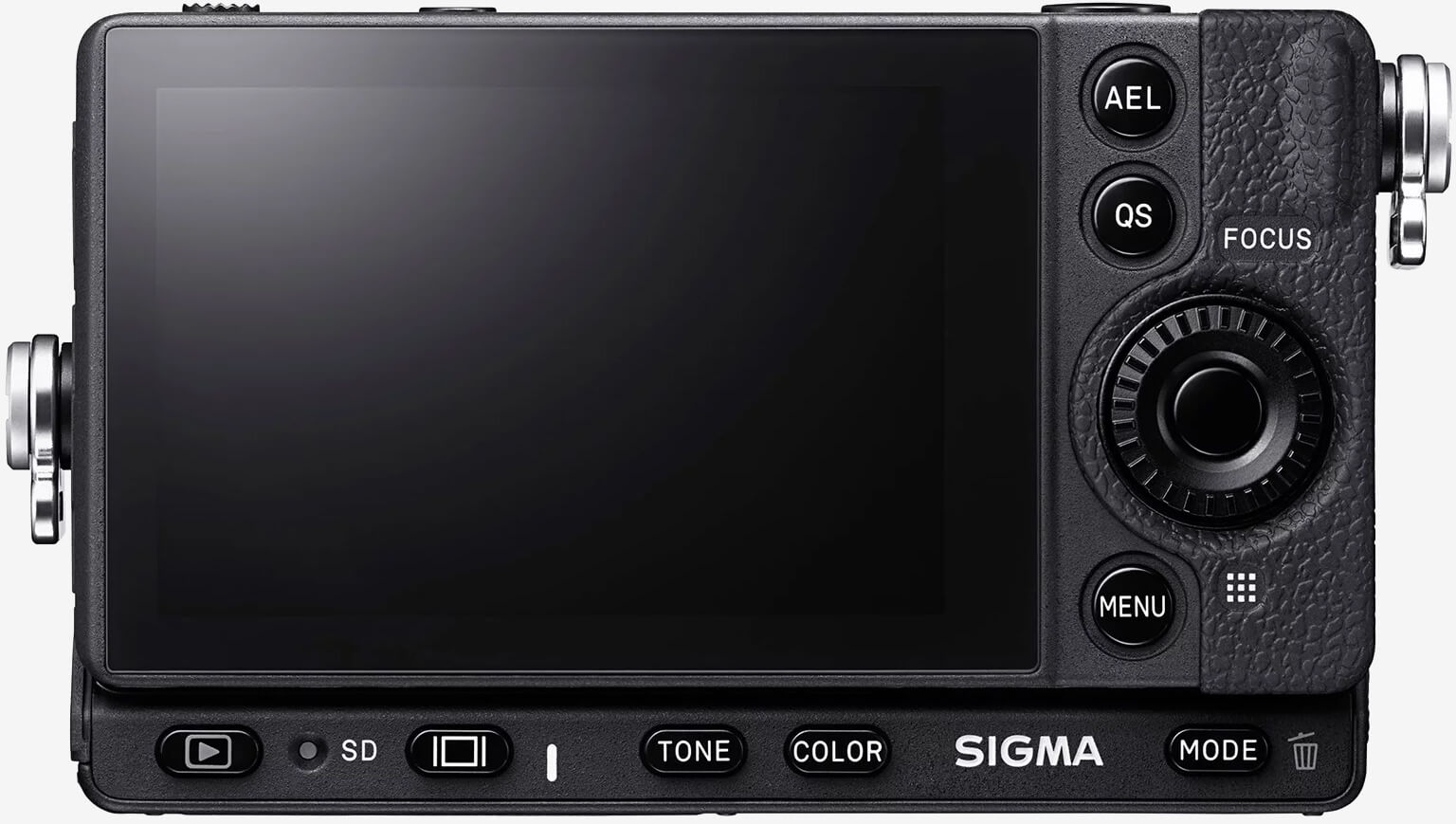Recap: Sigma over the summer announced what it described as the world’s smallest and lightest pocketable full-frame camera. The reveal got the community’s attention but neglecting to mention a price point or firm launch date essentially left everyone in the dark. Now we have those details to share.

The Sigma fp is available to pre-order from today priced at $1,899 for the body only from retailers such as Adorama and B&H Photo. You can also bundle it with the Sigma 45mm f/2.8 DG DN Contemporary lens for $2,199 out the door. It ships on October 25.

With the Sigma fp, the Japanese photography company has essentially stuffed the guts of a full-frame mirrorless shooter inside the body of a point-and-shoot camera. Buyers will get a 24.6-megapixel Bayer full-frame sensor in a chassis that measures 112.6 millimeters (4.43 inches) x 69.9 millimeters (2.75 inches) x 45.3 millimeters (1.78 inches) and weighs just 370 grams (13.05 ounces).
Sigma has done away with the mechanical shutter entirely, relying only on an electronic variant. This has its benefits as photogs won’t have to contend with added noise and shutter shock. By eliminating a moving part, you’re also potentially extending the life of the camera (that’s one less thing that could wear out and break over time).
The Sigma fp is also dust and splash proof and uses the L-mount, making it compatible with not only Sigma lenses but those from other companies including Leica and Panasonic.
It's a compelling camera at an intriguing price point and personally, I can't wait to see what people do with it.
https://www.techspot.com/news/82317-sigma-itsy-bitsy-full-frame-mirrorless-camera-available.html